The seemingly inevitable demise of the legacy 3.5-millimeter headphone jack has placed the technology world in need of a successor, and Intel this week laid out its case as to why it thinks the reversible USB-C port is the best option for accessory makers.
In a presentation at the Intel Developer Forum in San Francisco, architects from the chipmaker made their case for USB-C to succeed traditional headphone jacks. As detailed by CNet, they noted the typical advantages related to saving space within a device, but also detailed some other, less obvious advantages to USB-C.
In particular, they said that all-digital audio could allow for better sounding headphones without the need for licensing agreements with companies like Dolby or Bose. In Intel's view, premium headphone features like noise canceling could become much cheaper with USB-based audio.
In addition, Intel's Rahman Ismail and Brad Saunders also noted that the upcoming USB Audio 3.0 specification will include power management capabilities. This built-in functionality will allow for what they said is a "negligible" effect on battery life when USB-powered headphones are in use.
Intel's pitch isn't new — the company began pushing USB-C as a digital alternative to 3.5-millimeter headphone jacks back in April. At the time, Intel portrayed the transition as simple, calling it "basically a connector replacement."
Apple, of course, is widely expected to ditch the 3.5-millimeter headphone jack with this year's anticipated "iPhone 7" model. However, for wired headphones, Apple's approach is expected to utilize its own proprietary Lightning connector, which would require some form of adapter for users who want to use newer Lightning headphones with another competing format, like USB-C.
Apple doesn't stand in opposition to USB-C — the reversible port is the sole input for both syncing and charging on the company's 12-inch MacBook. Still, the ultraportable MacBook continues to feature a 3.5-millimeter headphone port.
USB-C is also expected to make its way to a revamped MacBook Pro later this year, but it's unclear whether Apple plans to also include a 3.5-millimeter headphone jack on its professional-grade notebook. If the next MacBook Pro does ditch the legacy headphone jack, Apple would either need to encourage wired audio via USB-C, or for the first time ever include a female Lightning port on a Mac for audio output.
 Neil Hughes
Neil Hughes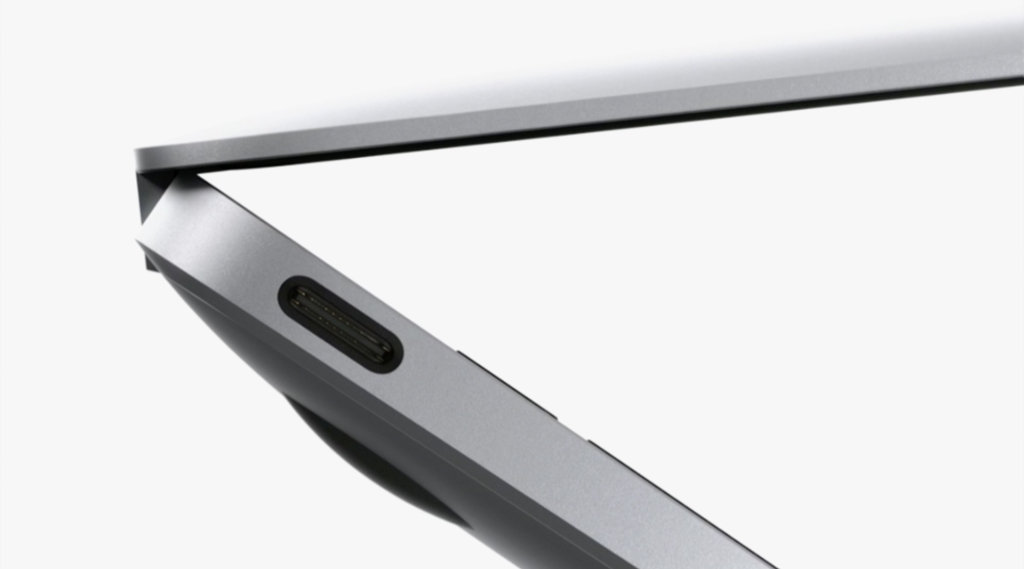
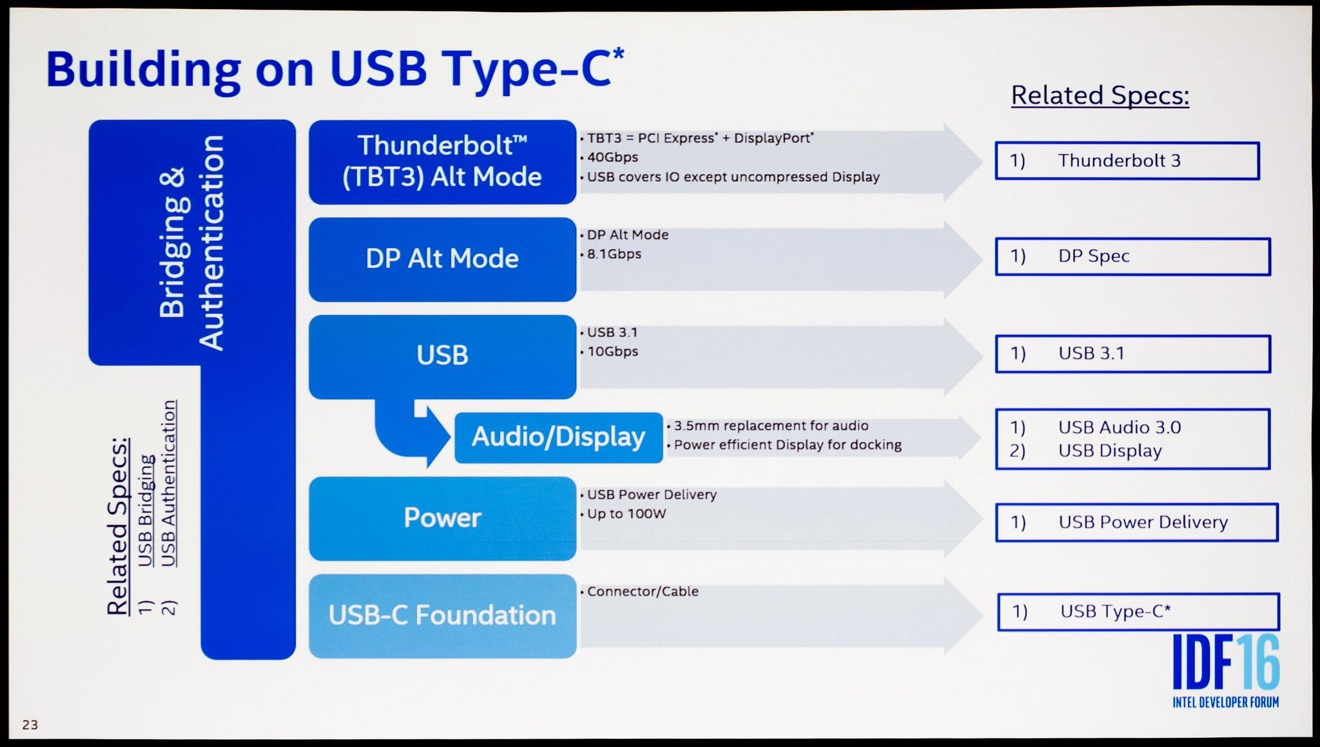
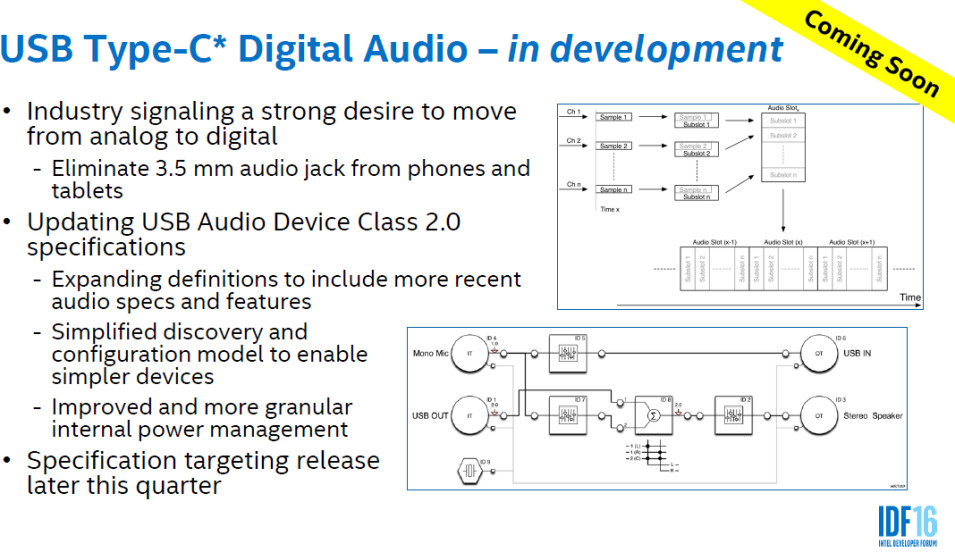


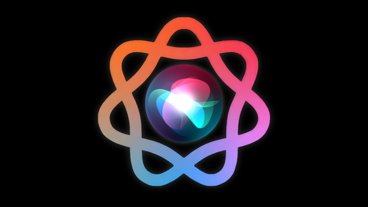


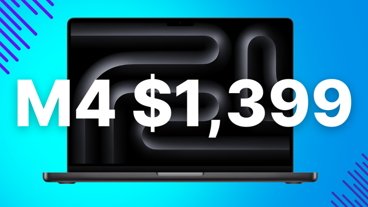







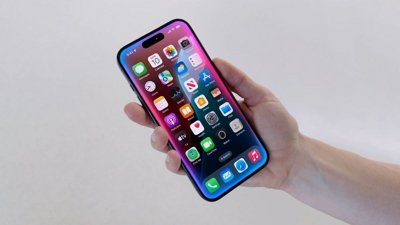
 Charles Martin
Charles Martin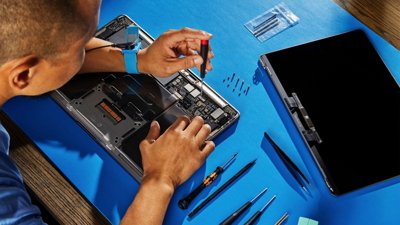

 Amber Neely
Amber Neely


 Sponsored Content
Sponsored Content
 AppleInsider Staff
AppleInsider Staff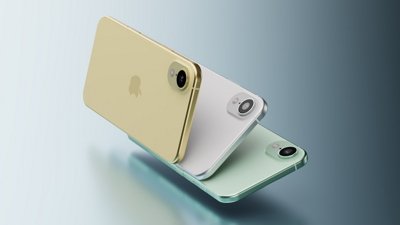
 Malcolm Owen
Malcolm Owen
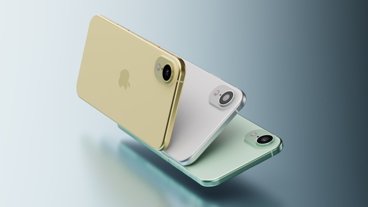
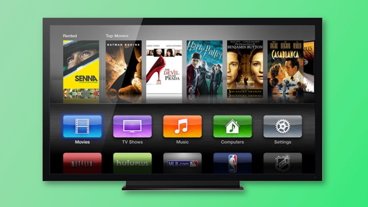






70 Comments
If USB-C is the future, and Apple definitely thinks so given the adoption of the standard on the MacBook, why doesn't Apple just go all in and put USB-C on the iPhones going forward? You'd have a universal standard and you could use just about any USB-C cable between ALL of your Apple devices.
Better yet, what's the advantage of Lighting over USB-C anyway? Aren't they pretty much at feature/speed parity?
Let's not forget that the 12.9" iPad Pro uses the USB 3.1 standard through its Lightning port. So Apple could use the Intel USB 3.1 standard for audio through its port. That would be a good thing, and I hope Apple will be doing that, assuming Intel has the software layer ready now. I can't imagine that Apple won't go to 3.1 through all of its devices using the lightning port. If not this year, then hopefully next year.
this is one area in which there's no good reason for Apple to go its own way. I find that charging times for my iPad Pro 12.9" are much shorter using the lightning to USB C cable and the MacBook 29 watt charger than the measly 12 watt charger Apple insists on supplying.
it would be good if the audio standards are the same across all devices and manufacturers. We really do not need different standards between manufacturers. A cheap physical adapter is fine. One containing electronics simply for the purpose of translating between differing carry protocols is not fine.
Lightning is still smaller than USB-C and I believe lightning is still too large for a headphone standard that will span decades.
it would be awesome if Apple announced lightning 2 before dropping 3.5mm.
Point being that tech companies are always looking down the road rather than at the status quo. Intel sees this happening and is proposing their solution. Apple will probably be the first to ditch the 3.5mm analog jack and take the heat for it. Once Apple does it others will watch closely to see what the market does or does not do. Sure there will be ads taking a swipe at Apple, followed by me-too announcements. In my personal opinion this is not about selling dongles but about going digital all the way up to the vibrating diaphragm transducer that converts to mechanical energy we humans can process. Who knows, someday perhaps a direct connection to the Cochlear nerve, i.e. digital all the way to the brain.